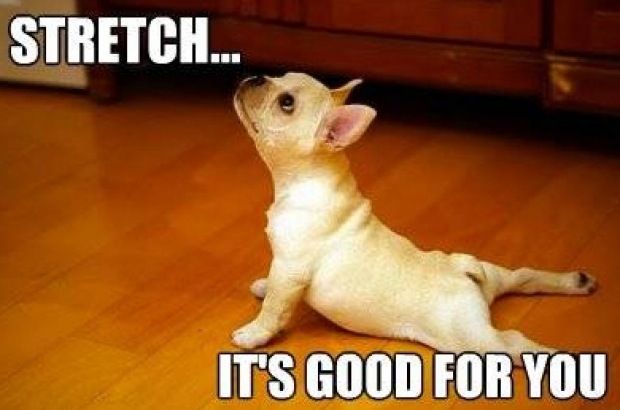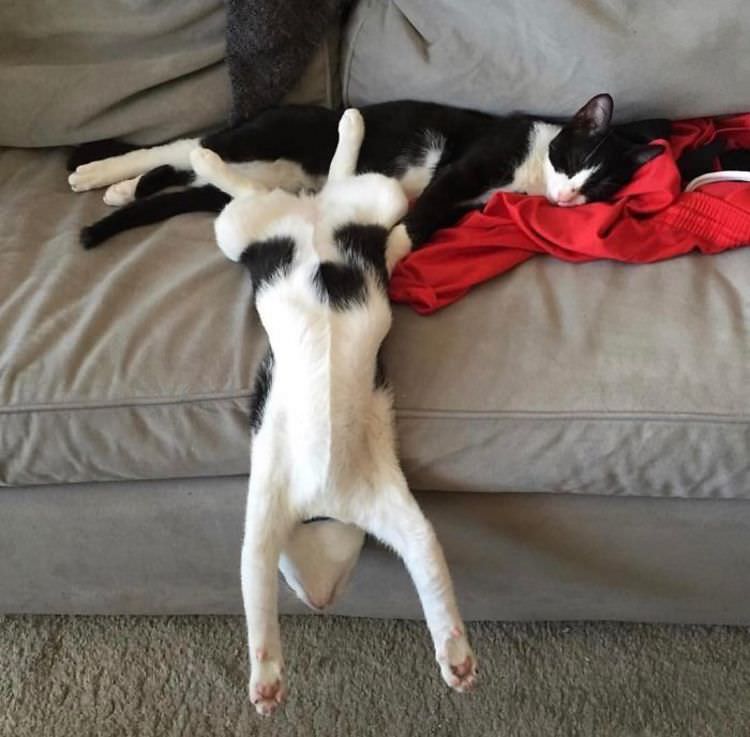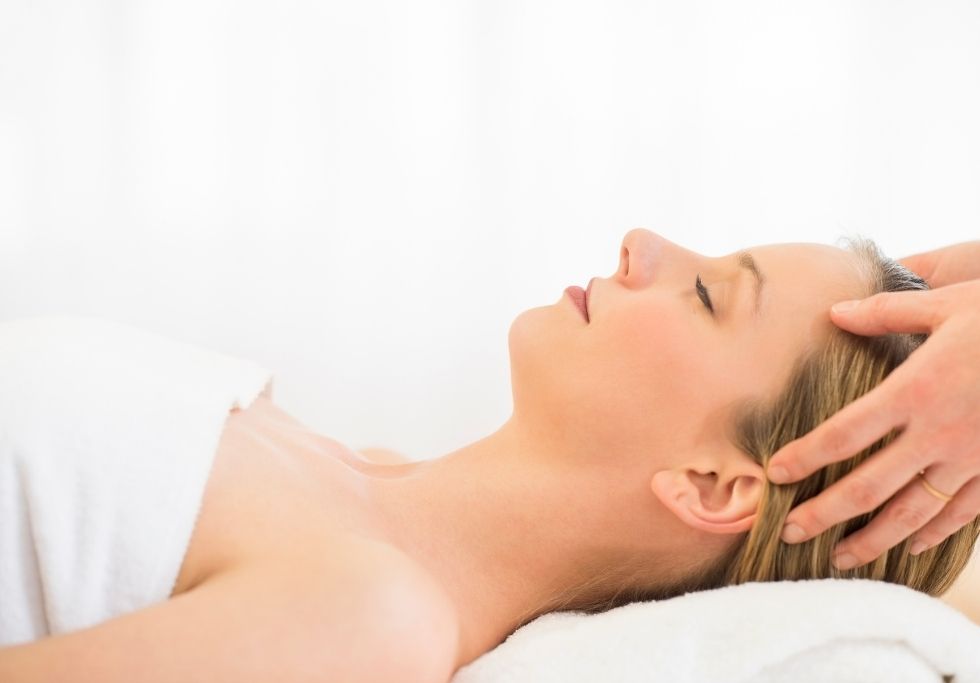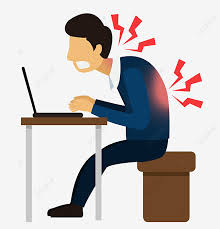Stretching 101

What is stretching? – The elongation of muscles and connective tissue.
Stretching helps improve flexibility and range of motion around your joints. When you improve your flexibility you can get –
- Improved performance in physical activities.
- Decreased risk of injuries.
- Helps your joints move through their full range of motion.
- Enable your muscles to work most effectively
How does stretching work? What is happening in the body?
When you start to stretch the muscle fibers began to elongate. Once the fiber is at its maximum resting length (sarcomeres) are fully stretched then additional stretching puts force on the surrounding connective tissue. As the tension increases, the collagen fibers align themselves in the same line as the tension. So when the muscle fibers are at their max stretch, they pull upon the connective tissue which causes them to elongate as well, making changed in the connective tissue.
When the muscle is stretched, so is the muscle spindle. The muscle spindle records the change in length and in speed. Then is sends signals to the spine which convey this information. If stretch to fast then the stretch reflex with resist the change in tension by causing the stretched muscle to contract. The fast the motion the faster the stronger the contraction. This basic function of the muscle spindle helps to maintain muscle tone and to protect the body from injury. One of the reasons for holding a stretch for a prolonged period of time is that as you hold the muscle in a stretched position, the muscle spindle habituates and reduces its signaling. This causes greater lengthen of the muscles.
3 Types of Stretches (Static, Dynamic, Pre-contraction Stretching)
1. STATIC STRETCHING
This type of stretching causes elongation of the muscle with low force and long duration (minimum of 30 sec). Static stretching causes relaxation, elongation effect on muscles, improves ROM, decreases musculotendinous stiffness and reduces the risk of acute muscle strain injuries. It is a slow and controlled movement with emphasis on postural awareness and body alignment. It Suitable for everyone. The longer you hold it the more change in the connective tissue that occurs.
2. DYNAMIC STRETCHING
This involves the performance or controlled movement through the available ROM. You progressively increase the ROM through successive movements till the end of the range is reach in a repetitive and progressing pace.
- Can be functional and may mimic the movement of the activity or sport that is about to be performed. ex a swimmer and arm circles.
- Helps restore dynamic function and neuromuscular control through repeating and practicing movement thus enhancing motor control.
- Elevates core temperature, thus increasing nerve conduction velocity, muscle compliance and accelerating energy production.
3. PRE-CONTRACTION STRETCHING
This type of stretching involves a contraction of the muscle fibers to be stretched or the antagonist (direct opposite muscle group)before stretching. There are many types, but we will talk about contract relax (CR) and (CRAC). Better if done with a professional.
To Stretch or Not to Stretch (that is the Question)
Reasons to stretching
- Improve joint ROM
- Increase extensibility of muscle tendon unit and periarticular connective tissue
- Return normal neuromuscular balance between muscle groups
- Reduce compression on joint surfaces
- Reduce injuries
- May be used prior to and after vigorous exercise to potentially reduce post-exercise muscle soreness.
Reasons Not to Stretch a particular area or be Stretched by someone
- Joint motion limited by bony blocks
- After fracture and before bone healing is complete
- Acute inflammatory or infectious process
- When disruption of soft tissue healing is likely
- Sharp, acute pain with joint movement or muscle elongation
- Hematoma or other soft tissue trauma
- Hypermobility exists.
In conclusion
- All 3 types of stretching are effective, PNF-type stretching may be more effective for immediate gains.
- Dynamic stretching is recommended for warm-up for active individuals before a competition or activity. As static stretching will likely decrease strength and may influence performance.
- Post exercise static stretching, or Proprioceptive Neuromuscular Facilitation stretching is recommended for reducing muscle injuries and increasing joint range of motion. Although Stretching has not been shown to be effective at reducing the incidence of overall injuries.
- Stretching is often included in Physiotherapy interventions for management of many kinds of clinical injuries.

Anointed Hands Physical Therapy – 815-454-5246/ copyright 2022 – Services: Physical Therapy, Massage, MLS Laser, Dry Needling, Myofascial Release, Reiki, Cupping, Massage Party, Ionic Foot Detox.

